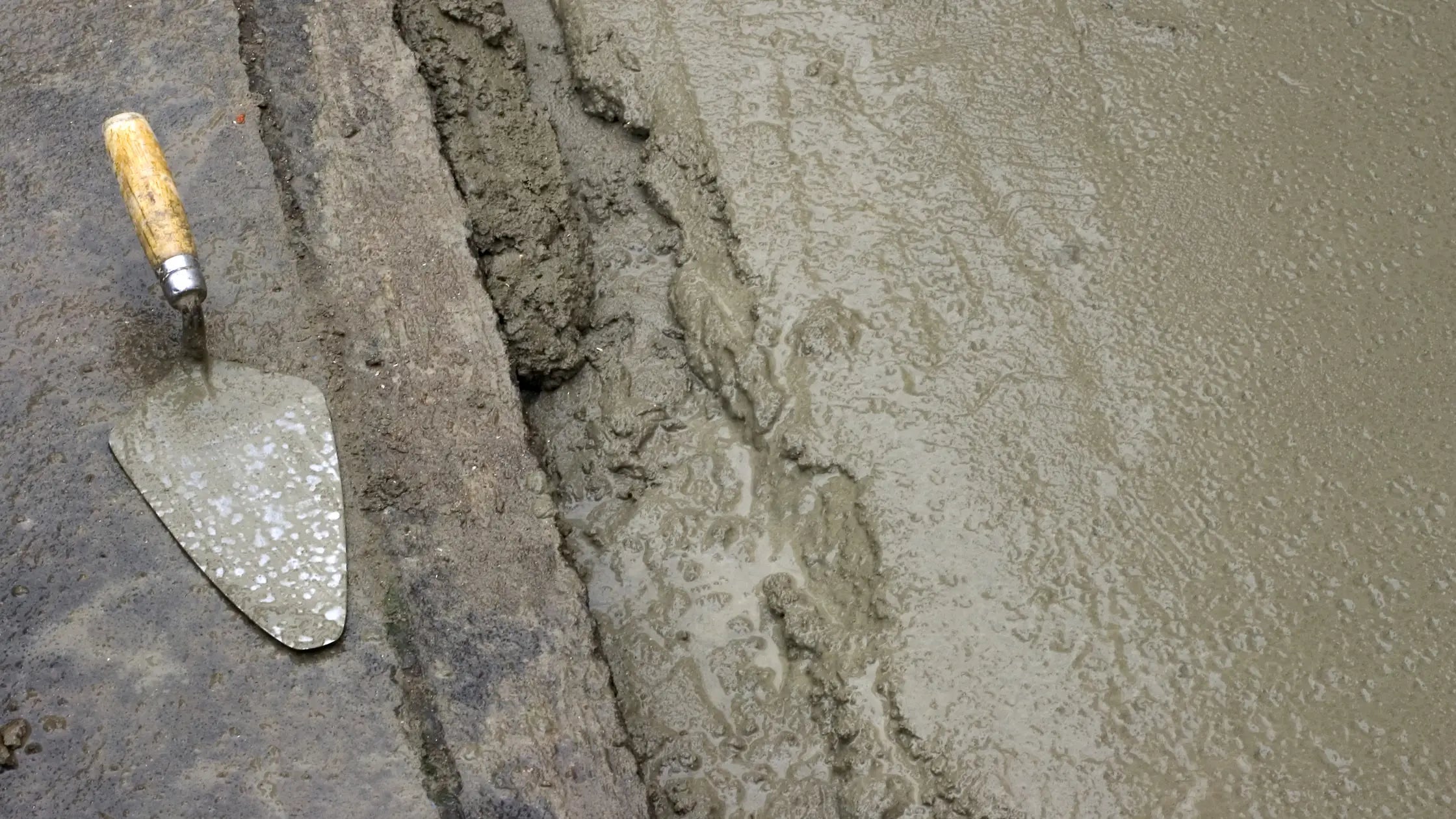When it comes to renovating or expanding existing concrete surfaces, one question often arises: can new concrete be poured directly over the old? In this blog post, we will explore the feasibility, considerations, and benefits of pouring concrete over existing concrete, as well as potential drawbacks and necessary precautions.
Understanding the Compatibility:
Before considering pouring new concrete over existing concrete, it is crucial to evaluate the compatibility between the two layers. Factors to consider include the condition of the existing concrete, its level of soundness, and any potential structural issues that may affect the new layer.
Surface Preparation:
Proper surface preparation is essential for a successful concrete overlay. The existing concrete should be thoroughly cleaned to remove any dirt, debris, or contaminants. Any cracks, spalling, or other damage should be repaired, and the surface should be roughened or etched to create a suitable bonding surface.
Bonding Agents and Primers:
To enhance the adhesion between the old and new concrete layers, bonding agents or primers can be used. These products improve the bond and help prevent delamination or separation between the two layers. Consult with a professional to determine the most suitable bonding agent for your specific project.
Thickness and Compatibility:
Consider the desired thickness of the new concrete layer and whether it is appropriate for pouring over the existing concrete. Thinner overlays, such as micro-toppings or thin-set overlays, are often used for cosmetic purposes or to improve surface appearance. Thicker overlays may require additional reinforcement or structural considerations to ensure proper load distribution.
Expansion Joints and Control Joints:
Existing expansion joints and control joints should be taken into account when pouring new concrete over existing concrete. These joints allow for the natural movement and expansion of the concrete, helping to prevent cracking and damage. It is important to extend these joints through the new layer to maintain their functionality.
Benefits of Pouring Over Existing Concrete:
Pouring new concrete over existing concrete offers several advantages:
-
Cost and Time Savings: It is generally more cost-effective and time-efficient to pour new concrete over existing concrete compared to complete removal and replacement.
-
Improved Appearance and Functionality: The overlay can provide a fresh and updated look to worn or discolored concrete surfaces. It can also improve the functionality and performance of the existing concrete, such as enhancing its strength, durability, or slip resistance.
Drawbacks and Considerations:
While pouring concrete over existing concrete can be a viable solution, there are a few considerations to keep in mind:
-
Height and Clearance: Adding a new concrete layer may affect door thresholds, clearance, or adjacent surfaces. Ensure that the additional height does not create any issues or obstructions.
-
Existing Concrete Condition: If the existing concrete has significant damage, extensive cracking, or unevenness, pouring new concrete may not be the best option. In such cases, full removal and replacement might be necessary.
Pouring new concrete over existing concrete can be a practical and cost-effective solution for renovating or improving concrete surfaces. However, it is important to evaluate the compatibility between the existing and new layers, prepare the surface appropriately, and ensure proper bonding. Consideration of factors such as thickness, expansion joints, and control joints is also crucial. Consulting with a professional concrete contractor is highly recommended to determine the best approach for your specific project and ensure a successful outcome.










